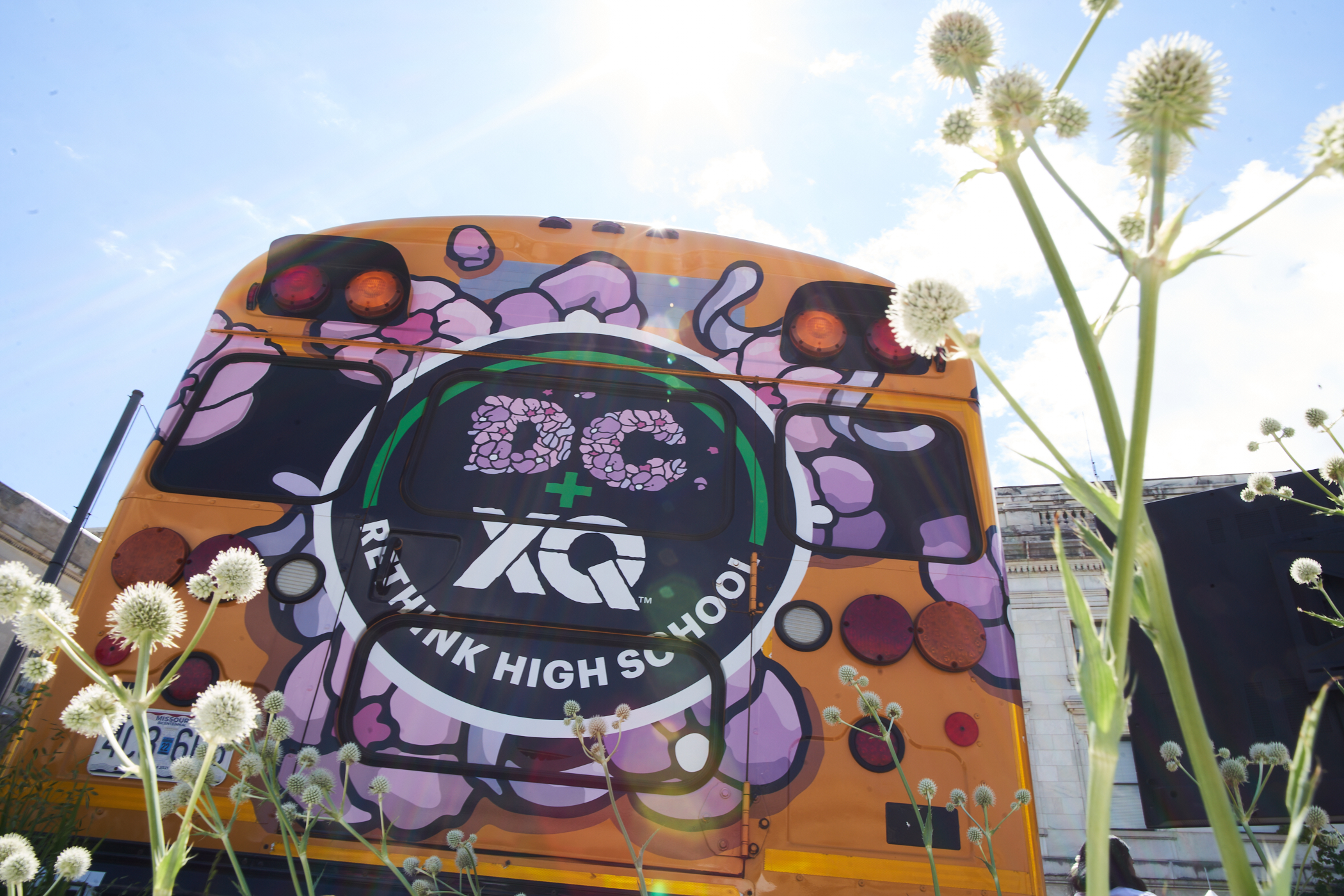5 Ways to Build Equity at School
America’s classrooms are more diverse than ever. Here's 5 resources for you to ensure you're building culturally sustaining school communities.

America’s classrooms are more diverse than ever.
Let’s ensure we’re building culturally sustaining school communities—ones that address biases and existing inequities, and actively strive to be anti-racist and culturally responsive.
When all students feel included and represented, they’re better able to relate to their coursework and build meaningful relationships with peers and educators.
How do we create inclusive education? That’s our focus for this issue. From facilitating classroom discussions on pressing social issues, to ensuring students at all access levels can learn effectively—let’s build culturally diverse classrooms that help all students thrive so that they don’t have to compromise any part of their identity to achieve success.
Raise your hand if you’re ready to get to work.
School communities across the nation are looking to graduate from talk of representation and move towards building equity.
Why it matters: Building diversity in education for diversity’s sake isn’t enough. While bringing more BIPOC teachers to the classroom is a great first step, we now need to be asking ourselves: how can we push for equity in our classrooms—and create tangible change?
Change looks like honest discussions where students and teachers can relate to one another because of shared identities and experiences. It looks like culturally relativist approaches to teaching that promote acceptance and understanding of cultures different from one’s own. It looks like facing our implicit biases and encouraging students to do the same.
Together, we can all create change by building more diversity in education:
Extra Credit: Tips for Making Classrooms More Inclusive
Bringing art to education gives students a safe space to voice their opinions on the issues they champion.
Why it matters: Art can convey powerful messages, and help students reflect on their cultural values and identities. Incorporating artistic activism—”artivism”—in the classroom can spark conversation on the issues closest to students’ hearts and most impactful on students’ lives.
To encourage “artivism,” XQ partnered with SOL Development to create the XQ #MakeASongChallenge. We invited students across the nation to explore the issues they care about through songwriting. They came back with submissions on a wide range of topics like mental health and police brutality.
Bring the “artivism” spirit alive in your own classroom with these ideas:
Extra Credit: The Importance of Artistic Activism
Remote learning has shown us that not all students have the same access to resources. How can we ensure that doesn’t affect their ability to learn effectively?
Why it matters: Unequal levels of access to resources can affect how students engage at school. This gap has only widened in light of COVID-19. It’s important to meet students where they’re at—meaning, we need to provide learning options for students at all access levels.
When designing distance learning curriculum and activities, consider the challenges students may be facing in and out of the classroom:
Extra Credit: Tips on Creating an Equitable Classroom During Remote Learning
Culturally responsive teaching takes into account students’ multifaceted identities when we decide what we teach and how we teach it.
Why it matters: When we actively acknowledge that students have complex and evolving identities, we can build strong relationships with them, which can result in higher engagement and academic performance.
Why is this? When we teach in ways that represent and include all students, they feel like they truly belong in the school community—and are more willing to show up ready to learn and grow.
Consider implementing these culturally relevant practices in how you teach:
Extra Credit: A Teacher’s Journey Toward Culturally Relevant Teaching Practices
Restorative justice circles—a group discussion tool—in breakout rooms, team meetings, and other group settings can help open up vulnerable conversations.
Why it matters: Employing restorative practices when facilitating class discussions offers a step towards building a more inclusive education—one that includes all voices.
In order to help students candidly open up about the challenges they’re facing, we first need to create safe spaces. We can use restorative practices to make judgment-free zones possible. Here are a few guidelines for restorative justice circles to follow:
Extra Credit: Ways to Implement Restorative Practices in the Classroom
Don’t miss out on our new #ArtivismChallenge ft. Brandan “B-Mike” Odums, where students can explore the intersection of visual art and activism.
Make sure to sign up here!









